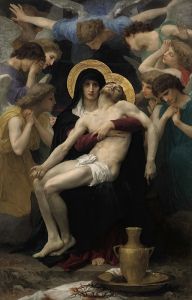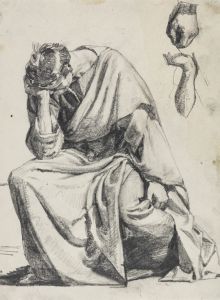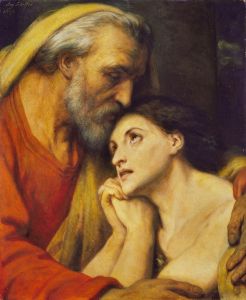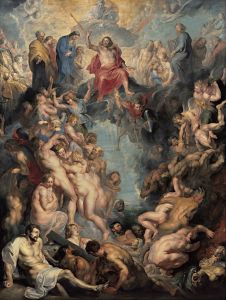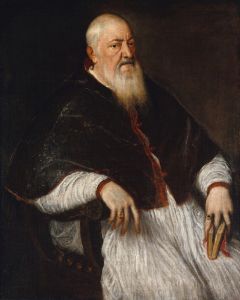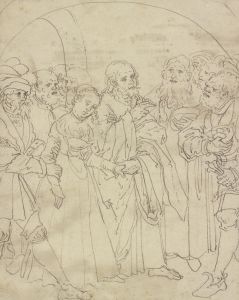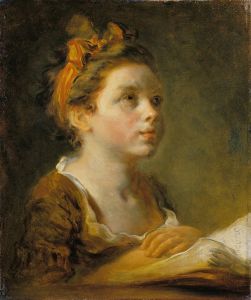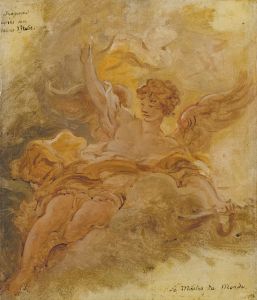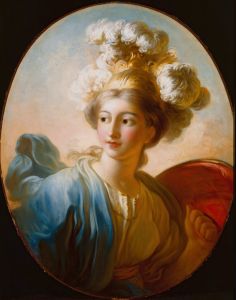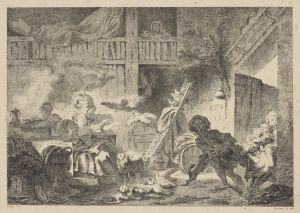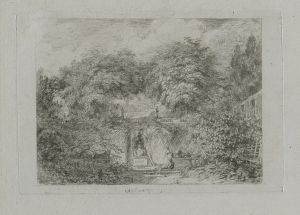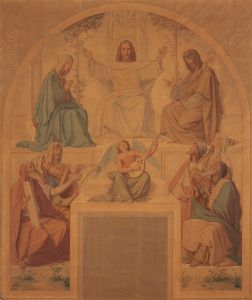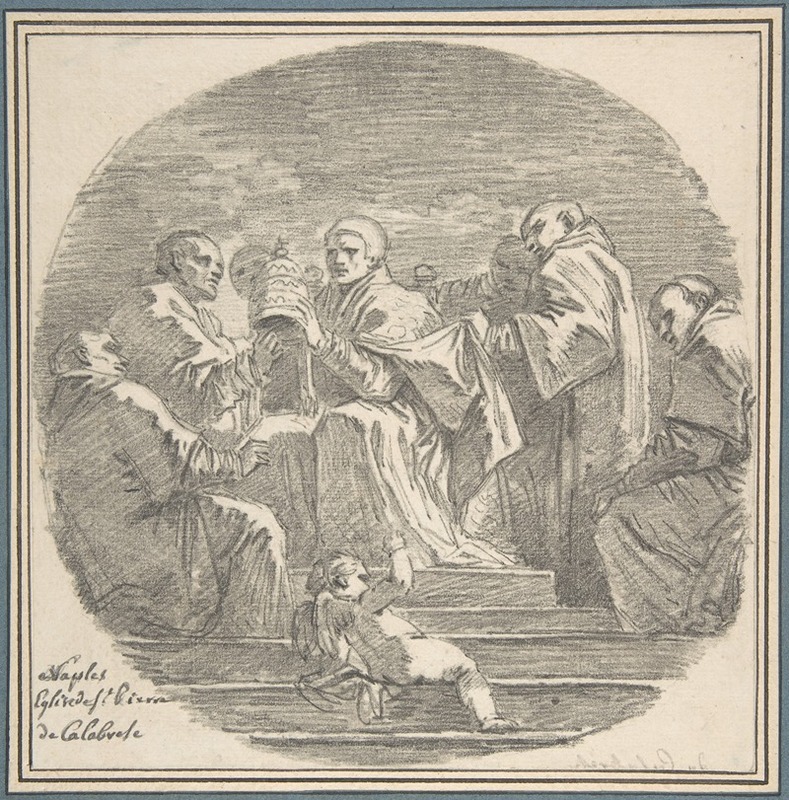
Saint Celestine V Renouncing the Papacy, after Mattia Preti
A hand-painted replica of Jean-Honoré Fragonard’s masterpiece Saint Celestine V Renouncing the Papacy, after Mattia Preti, meticulously crafted by professional artists to capture the true essence of the original. Each piece is created with museum-quality canvas and rare mineral pigments, carefully painted by experienced artists with delicate brushstrokes and rich, layered colors to perfectly recreate the texture of the original artwork. Unlike machine-printed reproductions, this hand-painted version brings the painting to life, infused with the artist’s emotions and skill in every stroke. Whether for personal collection or home decoration, it instantly elevates the artistic atmosphere of any space.
"Saint Celestine V Renouncing the Papacy, after Mattia Preti" is a painting by the renowned French artist Jean-Honoré Fragonard. This work is a reinterpretation of an earlier painting by the Italian Baroque artist Mattia Preti. Fragonard, known for his exuberant and fluid style, was a prominent figure in the Rococo movement, which emphasized ornate and decorative art.
The painting depicts a significant historical event: the resignation of Pope Celestine V. Born Pietro Angelerio, Celestine V was a hermit who became pope in 1294. His papacy was short-lived, lasting only a few months, as he found himself overwhelmed by the demands of the position and the political machinations of the time. Celestine V's decision to abdicate was unprecedented, as it was rare for a pope to resign voluntarily. His resignation paved the way for his successor, Boniface VIII, and was a momentous event in the history of the Catholic Church.
Fragonard's rendition captures the drama and emotion of this moment. The painting likely reflects the Rococo style's characteristic emphasis on movement, color, and light. Fragonard was known for his ability to convey emotion and narrative through dynamic compositions and expressive brushwork. Although specific details about the painting's composition are not widely documented, it can be inferred that Fragonard's interpretation would have focused on the emotional and human aspects of Celestine V's decision, aligning with his artistic tendencies.
Jean-Honoré Fragonard was born in 1732 in Grasse, France, and became one of the most prolific and versatile artists of his time. He studied under François Boucher, another leading Rococo painter, and won the prestigious Prix de Rome, which allowed him to study in Italy. This experience exposed him to the works of Italian masters, including Mattia Preti, whose influence is evident in this painting.
The choice to reinterpret Preti's work demonstrates Fragonard's engagement with the art of the past and his ability to infuse it with his unique style. While Preti's original work would have been more aligned with the dramatic chiaroscuro and intense emotionality of the Baroque period, Fragonard's version likely introduced a lighter, more playful touch, characteristic of the Rococo.
Fragonard's works often explored themes of love, playfulness, and the complexities of human emotion, and while "Saint Celestine V Renouncing the Papacy" deals with a more somber historical subject, it would still reflect his ability to capture the subtleties of human experience. The painting serves as an example of how artists reinterpret historical events and figures, bringing their own perspectives and styles to bear on traditional narratives.
In summary, "Saint Celestine V Renouncing the Papacy, after Mattia Preti" by Jean-Honoré Fragonard is a testament to the artist's skill in reimagining historical subjects through the lens of Rococo aesthetics. It highlights a pivotal moment in religious history while showcasing Fragonard's ability to blend past influences with his distinctive artistic voice.





